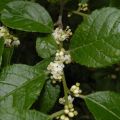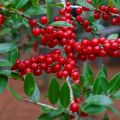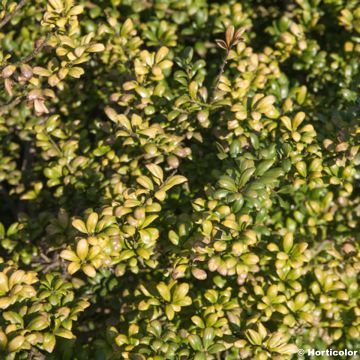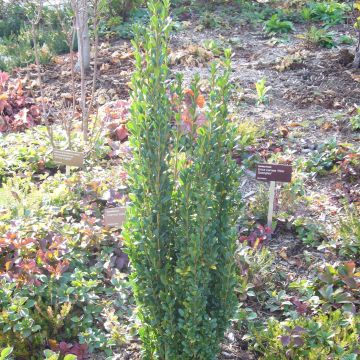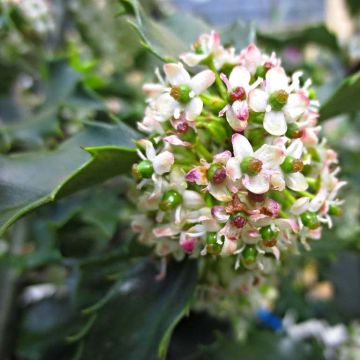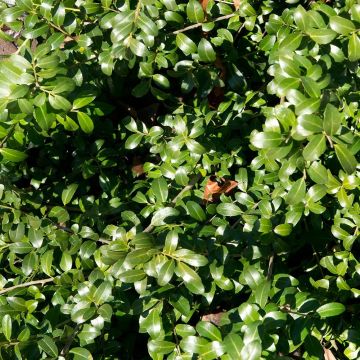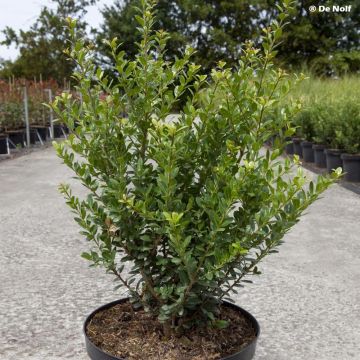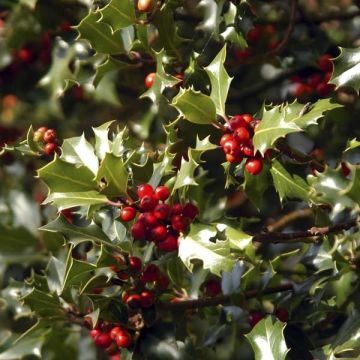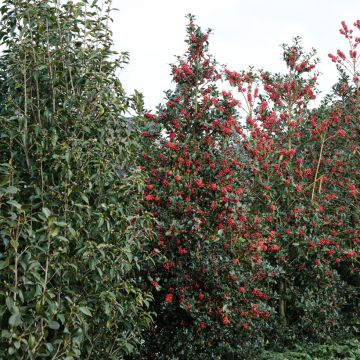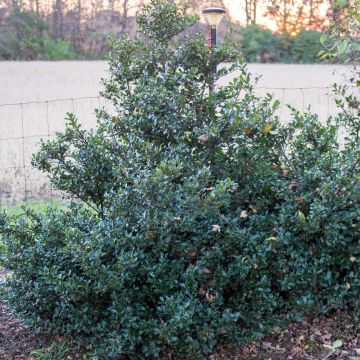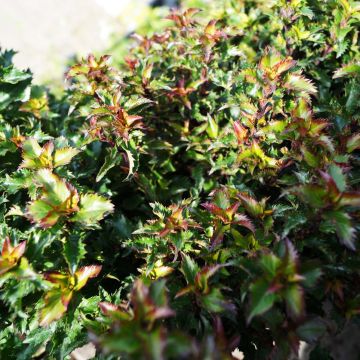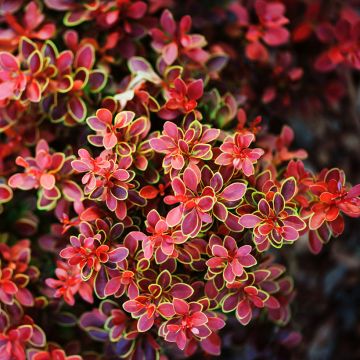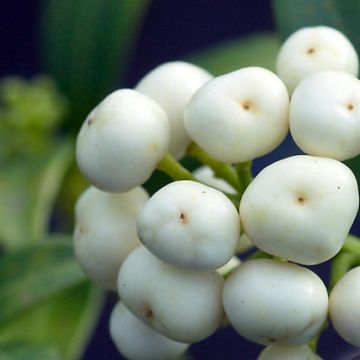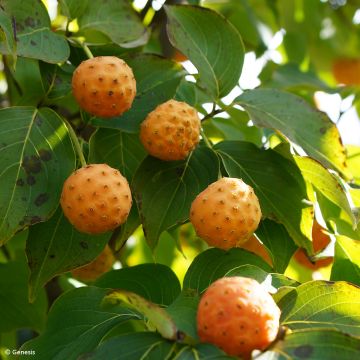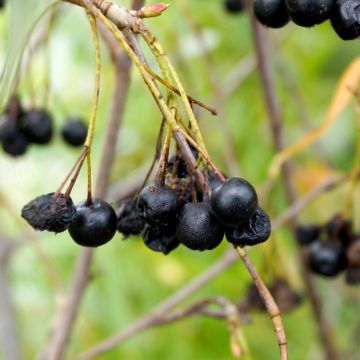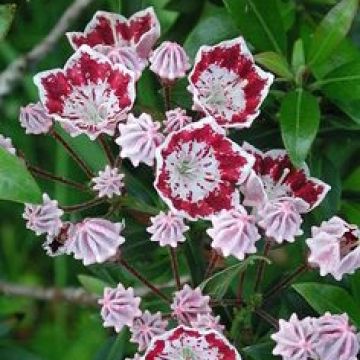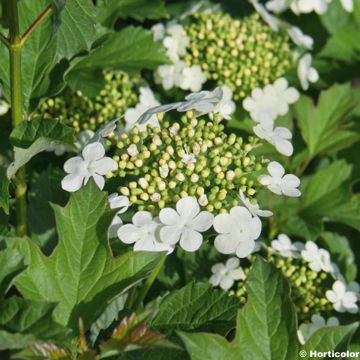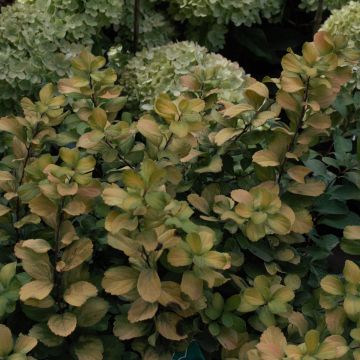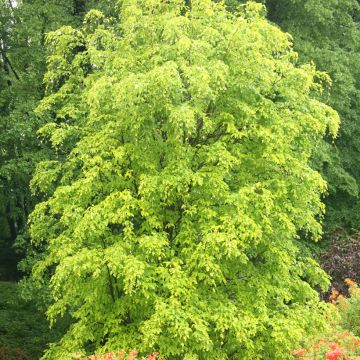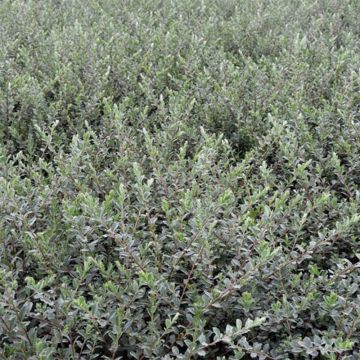País e idioma de entrega
Tu lugar de residencia parece ser:
Your country of residence is:
Para disfrutar de la mejor experiencia en nuestro sitio, puedes cambiar:
País de entrega:
Alemania
Andorra
Austria
Bulgaria
Bélgica
Canadá
Chequia
Chile
Chipre
Croacia
Dinamarca
Eslovaquia
Eslovenia
España
Estonia
Finlandia
Francia
Grecia
Hungría
Irlanda
Islandia
Italia
Letonia
Lituania
Luxemburgo
Malta
Mónaco
Países Bajos
Polonia
Portugal
Reino Unido
Rumanía
Suecia
Suiza
We only deliver seed and bulb products to your country. If you add other products to your basket, they cannot be shipped.
Idioma:
Francés
Alemán
Español
Inglés
My Account
Hola
Mis listas de favoritos
Plantfit
Mi cesta
Inicio de sesión / Registro
¿Ya eres cliente?
¿Todavía no eres cliente?
Crea su cuenta para poder realizar el seguimiento de tu pedido, acceder a nuestro servicio de atención al cliente y, si lo deseas, beneficiar de nuestras próximas ofertas.
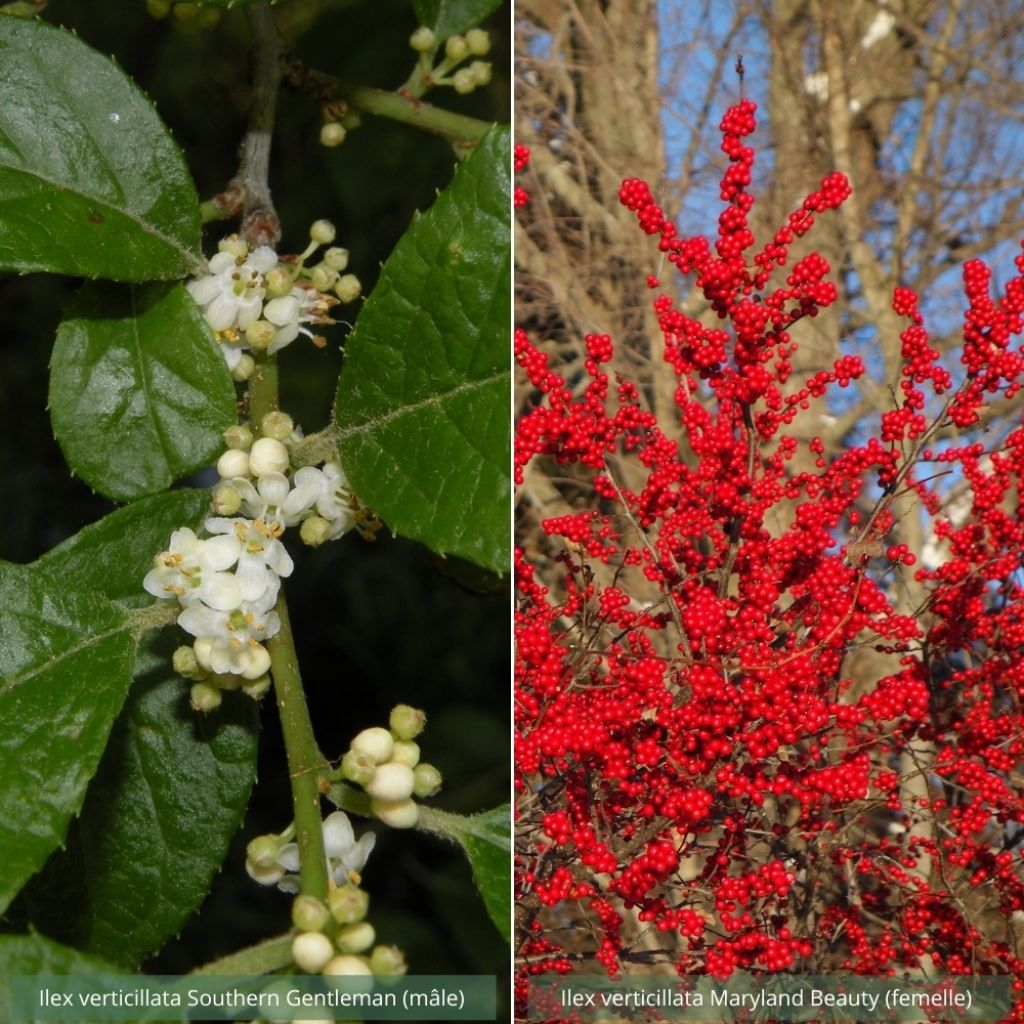

Pair of 2 Acebo verticillata (macho and female)
Pair of 2 Acebo verticillata (macho and female)
Ilex verticillata Southern Gentleman, Maryland Beauty
Más de para que tu pedido salga hoy mismo.
Enviado por correo a partir del
Gastos de transporte a partir de 5,90 €. Artículos grandes, gastos de envío a partir de 6,90 €.
Más información
Este artículo no está disponible para tu país.
País de entrega:
Alemania
Andorra
Austria
Bulgaria
Bélgica
Canadá
Chequia
Chile
Chipre
Croacia
Dinamarca
Eslovaquia
Eslovenia
España
Estonia
Finlandia
Francia
Grecia
Hungría
Irlanda
Islandia
Italia
Letonia
Lituania
Luxemburgo
Malta
Mónaco
Países Bajos
Polonia
Portugal
Reino Unido
Rumanía
Suecia
Suiza
Programa tu fecha de entrega,
y elige tu fecha en la cesta
24 meses de garantía en el desarrollo de esta planta
Más información
Garantizamos la calidad de nuestras plantas durante un ciclo vegetativo completo, y sustituiremos a nuestro cargo cualquier planta que no se recupere en condiciones climáticas y de plantación normales.
Desde 5,90 € para entrega en un punto de recogida y 6,90 € para entrega a domicilio
Entrega a domicilio exprés en 24-48 horas: 8,90 €.

¿Esta planta es adecuada para mi jardín?
Crear mi perfil Plantfit →
Composición de esta colección (2 plantas)
Descripción
We offer a collection of two Acebo trees, bringing together a male selection and a female selection, which will allow for particularly abundant red fruiting on the female shrub, very decorative from autumn until the end of winter. Originating from Canada and the northeast of the U.S.A, the Ilex verticillata is a perfectly hardy holly whose leaves, unlike those of the holly we all know, are not prickly and fall in autumn. Ornamental almost all year round, it will find its place in a natural garden, in a free hedge, but also in very wet areas and on the banks of water points that it particularly loves.
The collection consists of:
- 1 Ilex verticillata Southern Gentleman: pollinating male variety. Vigorously growing shrub, measuring approximately 2 m in all directions.
- 1 Ilex verticillata Maryland Beauty: very floriferous female variety, selected for its abundant bright red fruiting. With a compact and bushy port, the plant will reach about 2 m in height and 1.75 m in width.
Hollies belong to the Aquifoliaceae family. The Ilex verticillata is a suckering and very ubiquitous shrub, loving acidic soils and fresh to wet areas, but also adapting to open spaces like meadows or occasionally drier sandy soils. It is found in a large part of the North American territory. This species is dioecious, meaning there are male and female subjects.
The foliage of the Acebo tree is composed of obovate or lanceolate leaves, long and tapering, measuring from 3 to 9 cm, with serrated edges. The young spring shoots turn purple. On adult leaves, the blade is bright green and shiny on the top, lighter and velvety underneath. The autumnal colours, in shades of bronze, orange-yellow with purple or violet reflections, are beautiful. The flowering takes place in spring, usually in May, in the form of small white flowers not exceeding 5 mm in diameter. Male flowers are clustered. When pollination occurs, female flowers transform into small globular and shiny fruits, ranging from dark red to scarlet, clustered in small bunches. They are a delight for birds in winter.
Ilex verticillata will satisfy amateur gardeners looking for sturdy, colourful, and unpretentious shrubs. It offers the advantage of bringing fabulous colours to the garden, especially in winter when its branches covered with bright red beads seem almost in bloom. It is perfect in a mixed hedge, alongside snowberries, deciduous serviceberries, Cardinal dogwood, or elderberries. It mainly dislikes limestone, which causes its beautiful foliage to yellow, and prefers fresh to moist soils. Hardy well below -15°C, it particularly loves the vicinity of water points and waterlogged areas. Some gardeners prune it into the shape of a small fir tree; the sight of these little red trees in winter is quite fascinating.
Porte
Floración
Follaje
Botánica
Ilex
verticillata
Southern Gentleman, Maryland Beauty
Aquifoliaceae
América del Norte
Otras Acebo (Ilex)
Plantación y cuidados
To plant the holly, make a contribution of compost-enriched potting soil and incorporate it into your garden soil to slightly acidify and fertilise it. If your soil contains active limestone, the holly will tend to chlorose (the foliage gradually yellows around the leaf veins): add heather soil and peat at the time of planting and mulch with pine bark which tends to acidify the soil over the years. Choose a sunny or semi-shaded location. Follow the waterings (preferably non-limestone water) for the first 3 years, especially in summer, in case of prolonged drought, to help the shrub establish itself. In the first years, prune in spring, selecting the branches you want to keep. Step back to view your holly as a whole to determine the shape and arrangement of the branches. Ilex can be attacked by holly leaf miners, white scale insects in spring, and mites and aphids in summer. Consider a preventive treatment at the beginning of the season.
¿Cuándo plantar?
¿En qué lugar?
Cuidado
Este artículo todavía no ha recibido comentarios; sé el primero en compartir tu experiencia.
Arbustos de floración primaveral
¿No has encontrado lo que buscas?
La rusticidad es la temperatura invernal más baja que una planta puede soportar sin sufrir daños graves o incluso la muerte. Sin embargo, la rusticidad se ve afectada por la ubicación (zona protegida, como un patio), la protección (cubierta de invierno) y el tipo de suelo (la rusticidad mejora con un suelo bien drenado).

Condiciones generales de uso del servicio de fotos del cliente
Con el fin de favorecer la interacción y el intercambio de experiencias entre jardineros, Promesse de fleurs ofrece varios servicios que permiten cargar contenidos en su Sitio web, en particular a través del módulo "Compartir fotos".
El usuario se compromete a no:
- Publicar contenidos ilegales, perjudiciales, insultantes, racistas, que inciten al odio, revisionistas, contrarios a las buenas costumbres, que atenten contra la vida privada o vulneren los derechos privados de terceros, en particular el derecho a la imagen de las personas y de los bienes, los derechos de propiedad intelectual o el derecho a la vida privada
- Publicar contenidos en nombre de un tercero
-
Asumir la identidad de un tercero y/o publicar cualquier información personal sobre un tercero
En general, los Usuarios se comprometen a abstenerse de cualquier comportamiento poco ético.
Todos los Contenidos, en particular, textos, comentarios, archivos, imágenes, fotos, vídeos, obras, etc., que pueden ser objeto de derechos de propiedad, derechos de propiedad intelectual, derechos de imagen u otros derechos privados, siguen siendo propiedad del Usuario, a reserva de los derechos limitados concedidos por la licencia definida a continuación a Promesse de fleurs. El Usuario es libre de publicar o no dicho Contenido en el Sitio web, especialmente a través del servicio "Compartir fotos", y acepta que este Contenido se haga público y libremente accesible, especialmente en Internet.
Reconocen, se comprometen y garantizan que disponen de todos los derechos y autorizaciones necesarios para dicha publicación en el Sitio, en particular en lo que respecta a la legislación vigente y a los derechos de privacidad, propiedad, propiedad intelectual, imagen, contratos o de cualquier otra naturaleza. Al publicar dicho Contenido en el Sitio, el Usuario es consciente de que compromete su responsabilidad como editor del Contenido en el sentido de la ley, y concede a Promesse de fleurs una licencia no exclusiva, gratuita y mundial para dicho Contenido, durante toda la duración de su publicación, incluidos los derechos de reproducción, representación, carga, visualización, ejecución, transmisión y almacenamiento.
Los usuarios también autorizan a que su nombre se asocie al Contenido y aceptan que esta asociación no siempre pueda realizarse.
Mediante su publicación, los usuarios autorizan que los Contenidos sean automáticamente accesibles en Internet, en particular en otros sitios y/o blogs y/o páginas web del sitio Promesse de fleurs, incluidas en particular las páginas de las redes sociales y el catálogo de Promesse de fleurs.
Los usuarios pueden obtener libremente la devolución de los contenidos confiados poniéndose en contacto con el servicio de atención al cliente a través del formulario de contacto.
Los periodos de siembra indicados en nuestro sitio web se aplican a los países y regiones de la zona 8 del USDA (Francia, Reino Unido, Irlanda, Países Bajos).
En zonas más frías (Escandinavia, Polonia, Austria...), retrase 3-4 semanas cualquier siembra al aire libre, o siembre en invernadero.
En climas más cálidos (Italia, España, Grecia, etc.), adelante unas semanas la siembra al aire libre.
El periodo de recolección indicado en nuestro sitio web se aplica a los países y regiones de la zona USDA 8 (Francia, Inglaterra, Irlanda, Países Bajos).
En las zonas más frías (Escandinavia, Polonia, Austria...) es probable que la cosecha de frutas y hortalizas se retrase 3-4 semanas.
En las zonas más cálidas (Italia, España, Grecia...), es probable que la cosecha se adelante, dependiendo de las condiciones meteorológicas.
El periodo de plantación indicado en nuestro sitio web se aplica a los países y regiones situados en la zona USDA 8 (Francia, Reino Unido, Irlanda, Países Bajos).
Variará en función de su lugar de residencia:
- En las zonas mediterráneas (Marsella, Madrid, Milán, etc.), el otoño y el invierno son los mejores periodos de plantación.
- En las zonas continentales (Estrasburgo, Múnich, Viena, etc.), retrase la plantación de 2 a 3 semanas en primavera y adelántela de 2 a 4 semanas en otoño.
- En las regiones montañosas (Alpes, Pirineos, Cárpatos, etc.), es mejor plantar a finales de primavera (mayo-junio) o a finales de verano (agosto-septiembre).
En climas templados, la poda de los arbustos de floración primaveral: forsitia, spireas, etc. debe realizarse justo después de la floración.
La poda de los arbustos de floración estival: árbol de Júpiter, perovskia, etc. puede realizarse en invierno o en primavera.
En las regiones frías y con plantas sensibles a las heladas, evite podar demasiado pronto, cuando aún pueden producirse heladas severas.
El periodo de floración indicado en nuestra página web se aplica a los países y regiones situados en la zona USDA 8 (Francia, Reino Unido, Irlanda, Países Bajos, etc.).
Variará en función de su lugar de residencia:
- En las zonas 9 a 10 (Italia, España, Grecia, etc.), la floración se producirá entre 2 y 4 semanas antes.
- En las zonas 6 a 7 (Alemania, Polonia, Eslovenia y regiones montañosas bajas), la floración se retrasará de 2 a 3 semanas.
- En la zona 5 (Europa Central, Escandinavia), la floración se retrasará de 3 a 5 semanas.
